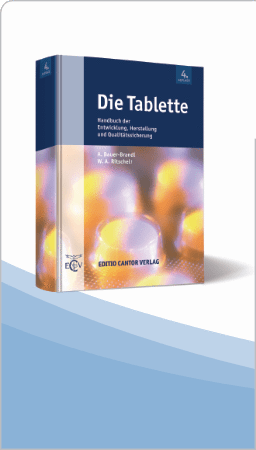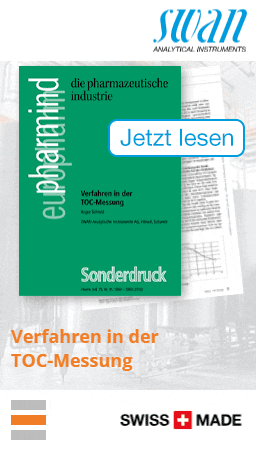Entwicklung eines Bioadhäsionsmodells auf der Basis der Quarzmikrobalance für die Charakterisierung pharmazeutischer Vehikelsysteme1. Teil: Einführung und MethodenMaik Liebau a , Annegret Hildebrand a , Gerd Bendas b , Ulrich Rothe c und Reinhard H. H. Neubert a Institut für Pharmazeutische Technologie und Biopharmazie, Fachbereich Pharmazie a , Institut für Pharmazeutische Chemie, Fachbereich Pharmazie b und Institut für Physiologische Chemie, Medizinische Fakultät c der Martin-Luther-Universität Halle-Wittenberg Herrn Professor Dr. Bernhard C. Lippold, Universität Düsseldorf, zum 60. Geburtstag gewidmet Development of a Bioadhesion Model Based on Quartz Crystal Microbalance for the Characterization of Drug Delivery Systems /Part 1: Introduction and methods The development of new bioadhesive drug delivery systems was of general interest during the last years. Systems, which are able to transport and release drugs at specific target structures, become more significant. lnteractions between liposomes or micelles and supported planar bilayers (SPBâs) were studied by quartz crystal microbalance (QCM). The QCM-technique is a suitable method to characterize the adsorption behavior of liposomal and micellar Systems, since changes in mass and viscoelastic properties are detect-able on the sensor surface. In Order to investigate the adhesion of protein coupled liposomes, SPBâs were modified with glycohpids. Using different mannosides, it was possible to determine unspecific and specific parts of the interactions. The adhesion occurs about 20% due to specific lectin-carbohydrate interactions and approximately 80% due to unspecific ones. By changing the composition of the vesicles it was possible to modulate their elasticy. It was established that intravesicular polymerized vesicles have significant lower interactions with SPBâs. The amount of the reduced adsorption was in the dimension of 80 % compared to unpolymerized vesicles. Therefore, it was postulated that the steric stabilization limits the fusion ability of the vesicles. Using liposomes without binding sites for glycolipids (preincubated with the lectin-inhibitor a-D Methylmannopyranoside), a desorption rate of the vesicles of approximately 20% was determined. The investigations of the adsorption behavior of simple and mixed bile salt micelles due to unspecific interactions with the lipid bilayer demonstrated for the ternary Systems (bile salt, phospholipid, fatty acid) a dependence on the fatty acid component. Key words Adhäsionsmodell · Lettin · Liposomen · Mizellen · Modellmembran · Quarzmikrobalance |
|
|
pharmind 1999, Nr. 5, Seite 459






